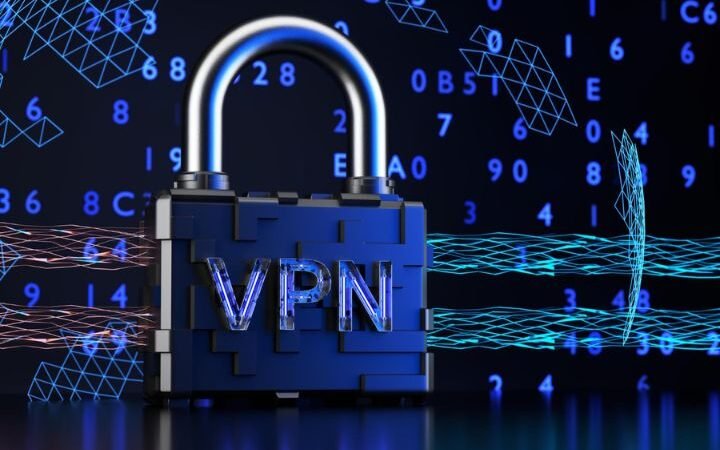Top 10 Myths About Cybersecurity: What You Need to Know

Introduction
Over the years, the security of the networks and the information flowing between them has become paramount, as illustrated below, but people continue to have wrong perceptions because of the information they receive. Certainly, some individuals are aware of cybersecurity as something that is relevant only to vast corporations; some are convinced that antivirus programs are sufficient for the protection of their data; others are positive that hackers are solely interested in the financial data of companies. Such myths about cybersecurity lead to poor decisions being made when it comes to the system’s security arrangements that are liable to endanger the system’s security.
To help you separate fact from fiction, here are the top 10 cybersecurity myths debunked.
1. Small Businesses Aren’t Targeted by Cybercriminals
Many small business people are convinced that hackers’ actions are aimed at large organizations and companies only. However, 43% of all cyberattacks target small businesses, and the reason is that the firms do not take adequate measures to protect themselves. It is a fact that hackers exploit such weaknesses and could either steal data or launch a ransomware attack.
Reality:
MFA and firewalls are two important measures and should be used together with other measures like frequent update of the new software in a bid to avoid such incidences.
2. Antivirus Software Alone is Enough for Protection
It should be noted that using antivirus software is not an ultimate solution against threats in the field of computer security. For instance, complicated attacks, such as phishing scam, social engineering, zero day attack, are beyond the detection and prevention of an antivirus software.
Reality:
Some of the ways of achieving good cybersecurity include firewalls, encryption, the use of current software and update, user awareness and training, enhanced endpoint solutions, as well as anti-virus.
3. Cybersecurity is Only an IT Department’s Responsibility
A considerable number of employees still believe that information security is someone else’s concern, particularly the IT department’s. However, human colonization is considered one of the key sources of data leakage, often through various unlawful activities such as phishing and weak passwords.
Reality:
Cybersecurity is a shared responsibility. In these exposures to risks, the employees have to ensure that when it comes to the creation, usage, change, and storage of passwords for organizations, the best practices are followed while access controls ought to be complied with rigorously.
4. Hackers Only Target Financial Information
While financial information is still one of the main objectives, personal information, login details, documents, and health records are targeted as well. This, identity theft, corporate espionage and selling of stolen credentials in the black market are among other equally lucrative evil activities.
Reality:
In all forms, it is mandatory for any information to be protected. Data should be classified depending on how sensitive it is and to which degree it complies.
5. Strong Passwords Are Enough to Keep Accounts Secure
The current account passwords are even vulnerable to hacking and phishing, and even when you attempt to limit the number of tries to crack the password, you try to gain the password. Credential stuffing looks at reusing usernames and passwords that have been obtained from one breach with the aim of hacking other areas.
Reality:
Any multi-factor authentication is known to capable of enhancing security and making it far better than before. It can be seen that MFA improves the security of an account since it requires an additional factor or step such as a one time code or biometrics in contrast to without MFA.
6. Public Wi-Fi is Safe if It Requires a Password
Many people believe that when dialling password protected wireless connection it becomes safe. However, it is important to note that the usage of the public networks is relatively risky because the networks that are normally in use contain a simple level of security, which can easily be manipulated by hackers who can take full control of the networks so as to launch the man in the middle attacks, breakout point sniffing among others.
Reality:
This is mainly because use of public Wi-Fi may lead to an individual losing his or her details or even access account details. If necessary, it is advised to connect to the VPN to ensure that the data will not be stolen or intercepted.
7. Cyber Threats Only Come from External Hackers
While internet threats are mentioned frequently, internal threats are still a issue of concern. That is why the employees, contractors or partners possessing or having access to the information may deliberately or involuntarily jeopardize the information’s security.
Reality:
To minimize or mitigate insider threats, there should be enhanced access controls, users should be monitored, and there should be implemented the policy of least privilege.
8. Phishing Emails are Easy to Spot
Consequently, most people are very confident that they can easily detect phishing emails within the shortest time possible. However, the scammers and hackers understand these concerns whereby they duplicate the contacts, impersonate the websites, and send messages that seem so urgent.
Reality:
It was suggested to analyze unexpected mails, avoid clicking the links contained in these mails, and, be careful with different domain names. This can help in enabling the employees to recognize potential incidents of the phishing scams.
9. Once Data is Deleted, It’s Gone Forever
Some argue that the files that, once removed from the memory, cannot be retrieved for any form of loss as well. However, this is not so with files that have been deleted because a hard drive, in the cloud storage, or backup server is not empty, as the deleted file will still be present.
Reality:
In order to make sure that the targeted data is non-writable one can employ such measures as deleting or physical removal of the disk.
10. Cybersecurity is Too Expensive for Small Businesses
To some people today, cybersecurity is just an additional cost that no organization would want to incur since it is only responsive to large organizations. However, to a great surprise, the cost of being bullied by this cyberattack is far higher than the cost of installing a security feature. The worst-case scenario of data breaches always entails loss of money, negative publicity and much worse fines.
Reality:
Among the easily implemented solutions for managing costs, one can identify updated software, firewalls, MFA, training and awareness, and solutions for endpoints. However, that is why it is sufficient even to minimize the threats of cyber threats with minor actions.
Also Read: Data Governance: Importance, Strategies, and Best Practices


